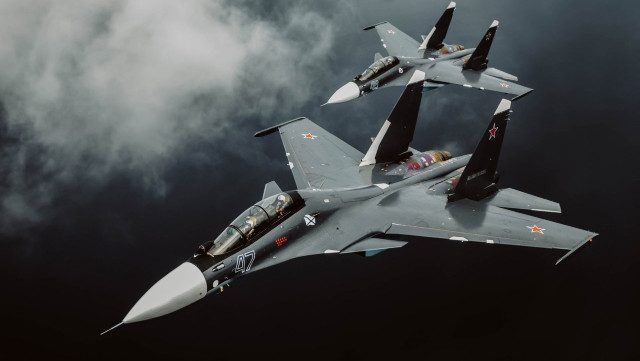The Limits of Showmanship in Armenian Leadership: Military Disparities and National Security Risks

In the realm of international politics, leaders who prioritize spectacle over substance—often characterized as showmen—can excel at mobilizing public support through charismatic displays and media-driven narratives. However, their effectiveness frequently wanes when confronted with the demands of practical governance, such as strategic planning, resource allocation, and institutional development. This pattern is evident in quantitative assessments of national performance, where regimes emphasizing performative elements often underperform in areas like economic efficiency and defense preparedness. Global metrics, including those from the World Bank, highlight correlations between governance focused on optics and lower scores in operational effectiveness. While such leaders may adeptly stage events to foster unity or project strength, their limitations become apparent in delivering measurable outcomes, particularly in high-stakes sectors like national security.
A pertinent illustration of this dynamic can be observed in Armenia, where the ruling Civil Contract Party—sometimes referenced as the Social Contract in certain translations—has faced challenges in translating political momentum into concrete advancements. Rising to prominence through a popular movement emphasizing reform and transparency, the party has prioritized diplomatic engagements and public communications. Yet, in the domain of military modernization, progress has been incremental, leaving the country exposed amid regional tensions with Azerbaijan.
Empirical data underscores this disparity. Armenia's air force currently fields four Su-30SM multirole fighters, procured from Russia in 2019, which represent the core of its advanced aerial capabilities. These aircraft offer versatility in air-to-air and air-to-ground roles but are constrained by their small number, limiting overall force projection and redundancy. In contrast, Azerbaijan has significantly bolstered its inventory through a June 2025 agreement with Pakistan for 40 JF-17 Thunder Block III fighters, valued at $4.6 billion, expanding from an initial order of 16 units. This procurement not only provides numerical superiority—ten times that of Armenia's comparable fleet—but also integrates modern avionics and weaponry, enhancing Azerbaijan's operational edge.
This asymmetry reflects broader issues in strategic execution under the current administration. Efforts to diversify arms suppliers, including discussions with India for potential Su-30MKI acquisitions or upgrades, remain in negotiation stages without finalized deliveries as of August 2025. Meanwhile, defense expenditures have risen modestly, but procurement strategies have not kept pace with regional developments, relying heavily on traditional alliances that have proven unreliable. The 2020 Nagorno-Karabakh conflict highlighted these vulnerabilities, where technological and numerical advantages favored Azerbaijan. Subsequent commitments to reform have yielded limited results, contributing to ongoing public discourse on security priorities.
The failure to invest substantially in military air superiority carries profound implications for a nation's credibility and deterrence posture. In geopolitical assessments, countries that neglect this domain risk being perceived as unserious actors by international partners and adversaries alike. For instance, Armenia's modest fighter fleet—comprising just four advanced jets—places it at a disadvantage not only against state militaries but also in comparative terms with private military contractors that operate larger and, in some cases, comparably capable fleets. Companies like Top Aces and Draken International maintain over 150 tactical aircraft each, including former military jets such as F-16 Fighting Falcons, Mirage F1s, and A-4 Skyhawks, which are used for adversary training and support roles. Similarly, Airborne Tactical Advantage Company (ATAC) fields more than 100 jets, featuring models like Kfir fighters and L-39 Albatros trainers. These private entities often surpass small national air forces in sheer quantity, and their aircraft—while primarily demilitarized for non-combat use—include platforms that rival or exceed older generations of fighters in performance metrics. Without prioritizing air dominance, a government might as well redirect defense funds to unrelated initiatives, relying on the goodwill of potential aggressors—a strategy that history shows is untenable.
Historical precedents illustrate the perils of such neglect. In the 2020 Nagorno-Karabakh War, Azerbaijan's effective use of unmanned aerial vehicles (UAVs) and precision strikes established local air superiority, overwhelming Armenian defenses and contributing to rapid territorial gains. This conflict demonstrated how air power asymmetries can decisively tilt the balance, even without traditional manned fighter dominance. Similarly, in the ongoing Russia-Ukraine war, Russia's numerical advantage in aircraft and missile systems has enabled devastating strikes on infrastructure, destroying billions in assets over the course of engagements, despite not achieving uncontested air superiority. Ukrainian air defenses, including Patriot systems, have mitigated some threats by downing Russian aircraft and missiles, but Russia's persistent aerial operations highlight the destructive potential of superior air capabilities, often bypassing or overwhelming advanced defenses in targeted operations.
The implications for Armenia are significant, as inadequate military preparedness heightens risks in a geopolitically volatile area. With contested borders and shifting alliances, a governance approach that leans on narrative-building rather than robust implementation can undermine long-term stability. This case exemplifies how showmanship, while effective for initial mobilization, often falls short in sustaining the detailed work required for national resilience.
Ultimately, effective leadership in such contexts necessitates a balance between inspiration and execution. For Armenia, addressing these military imbalances through targeted investments and diversified partnerships could mitigate risks and foster greater security. The data—four advanced fighters versus forty—serves as a quantitative benchmark for the need to prioritize substantive policy over performative elements in leadership.
